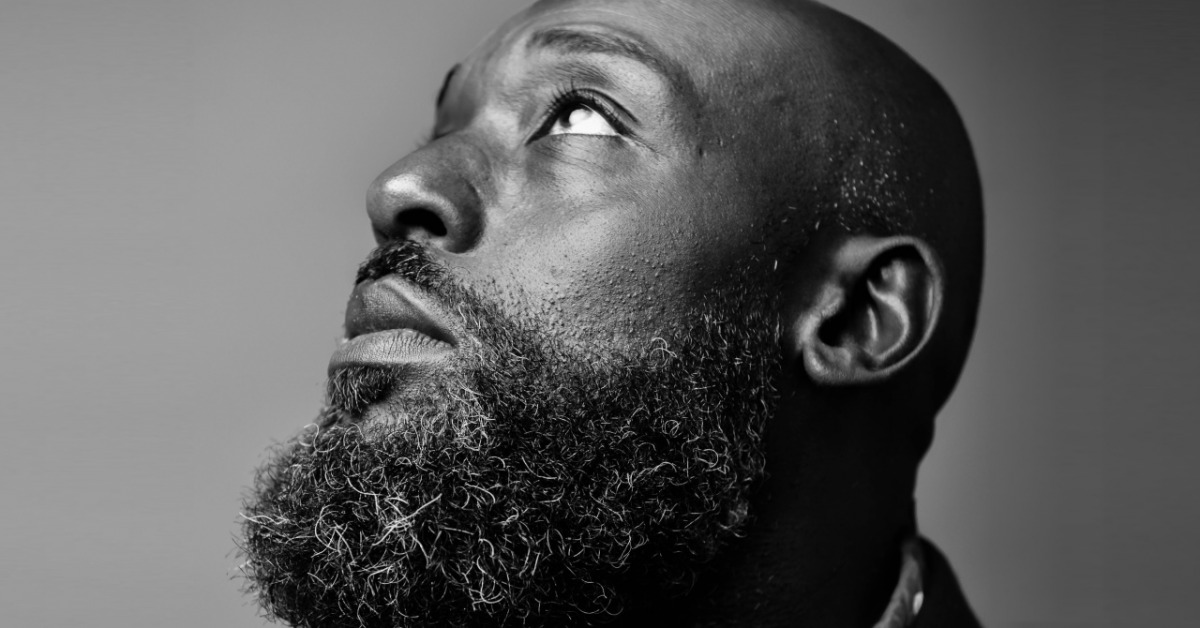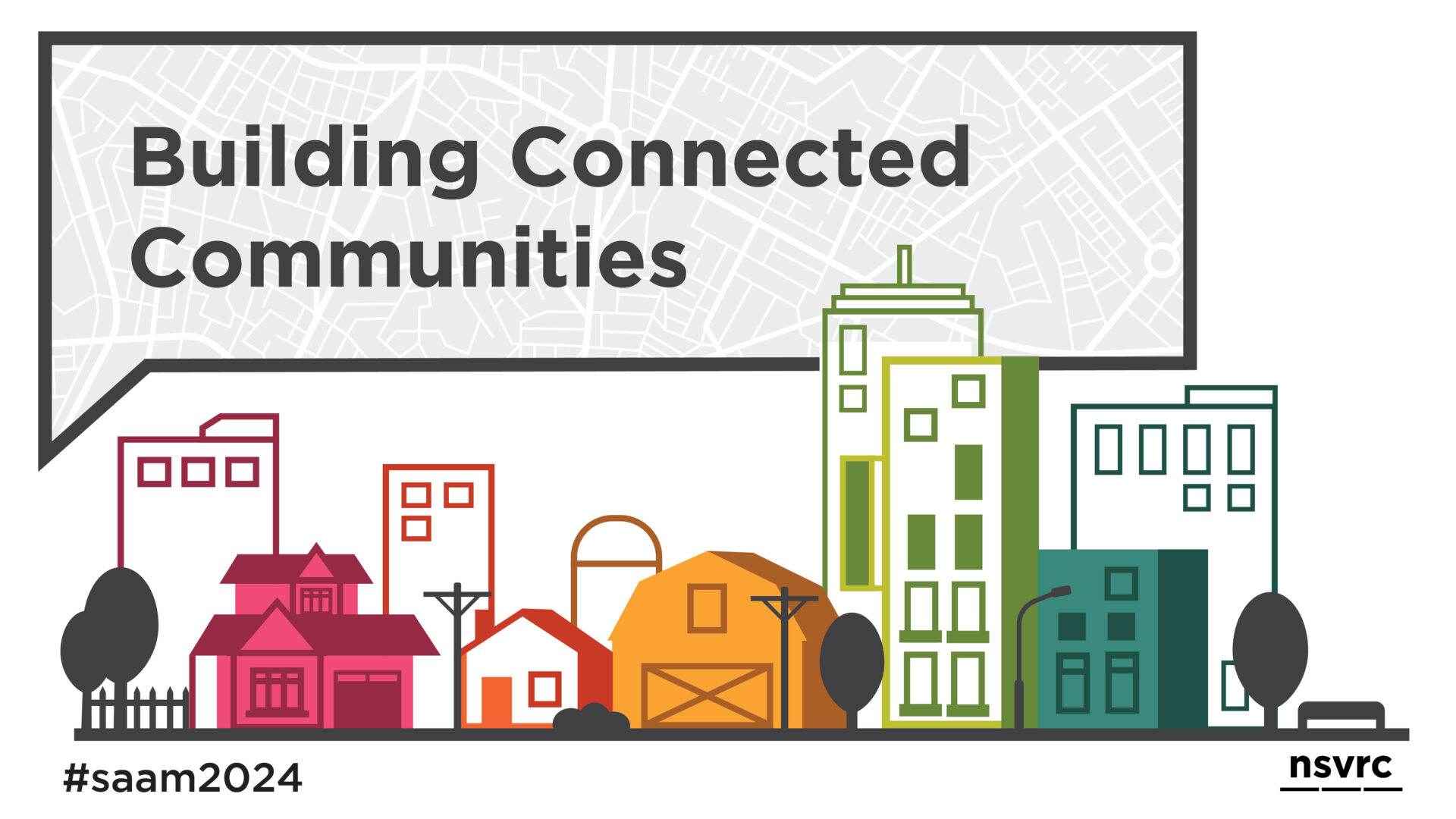The findings paint a picture of childhoods characterized by traumatic events and circumstances across multiple environments, essentially robbing those boys of a safe place to grow up. For those of you familiar with the growing body of research on adverse childhood experiences (ACEs), the data is shocking: Fully half of the formerly incarcerated men we surveyed reported at least nine of the 16 ACEs identified by the U.S. Centers for Disease Control and Prevention, and some of them as many as all 16 ACEs. By comparison, just 16 percent of adults in the population at large report four or more ACEs, according to the CDC.
Most of the men we surveyed experienced physical and/or emotional abuse at home, and even more witnessed abuse among adults in the home. In the neighborhoods where they grew up, nearly half of them could recall seeing or hearing someone beaten up, stabbed, or shot many times before they reached the age of 18. The study also documents a rate of sexual abuse that’s four times the rate nationally. Perhaps most damaging, the presence of a loving, supportive, and trusted adult, so essential to resilience in childhood, was inconsistent at best for more than half of the men we surveyed.
Deeply wounded and disconnected from the adults in their lives, as boys, half of them relied on drugs to numb painful emotions; more than half experienced bouts of depression; and nearly a third attempted suicide, a rate roughly three times the national average. These men remind us that people who lash out are often deeply wounded themselves, compelling us to think differently about what’s driving epidemic levels of violence among boys and men nationwide and how to prevent it.
Communities directly impacted by violence, particularly under-resourced and over-policed communities of color, have long understood the power of healing and worked to put that knowledge into practice. Research, resources, and public support are starting to catch up. But we’ve only scratched the surface. To end cycles of violence, boys and men of all ages need pathways to safety, healing, and opportunity. This includes the 1.1 million men, disproportionately men of color, who are currently in prison. Many of them are parents and virtually all of them will come home.
I encourage you to immerse yourself in The Things They Carry, to share it within your networks, and to reach out with ideas about how we might work together to promote investments in healing and human potential as a foundational element of safe, thriving communities.
Finally, thanks to the Ford Foundation for supporting this research, to the community-based organizations, many run by formerly incarcerated people, that partnered with us to identify study participants, and mostly to the men who shared their traumas and triumphs in service of helping others.




